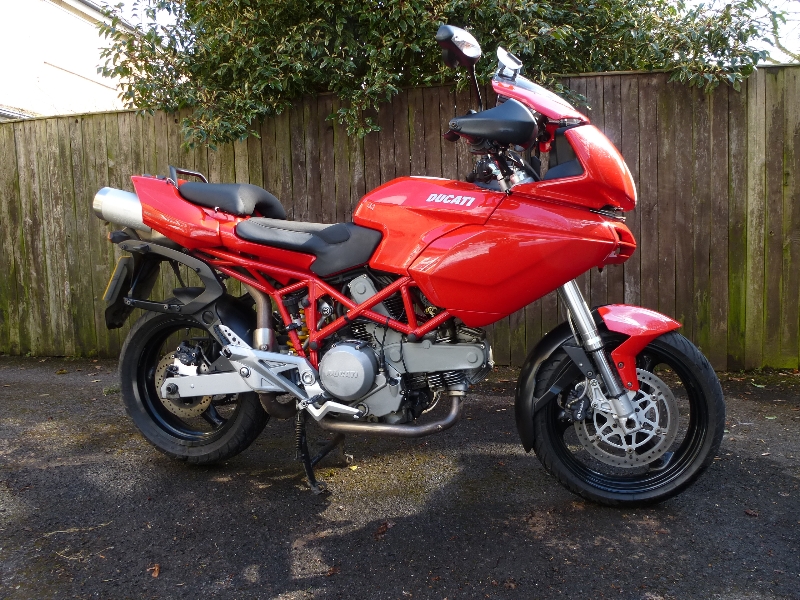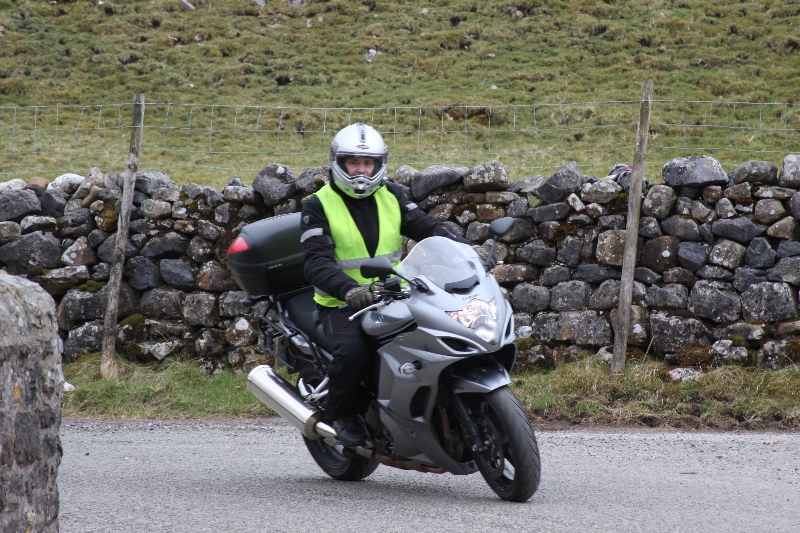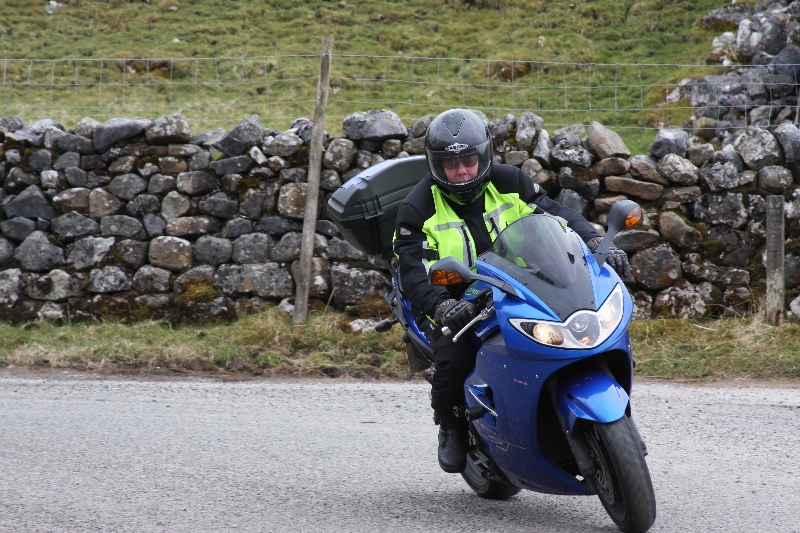Assessment Rides and Other Matters
IAM Surety, the IAM insurers have claimed that five years after taking the Advanced Test without further training you will be back to the same standard you were before passing your test! Over the past two years I have taken several Club Members out for a refresher ride. These rides have always been appreciated by members who have done them and in most cases the riders I have taken out are near Test Standard. However, they all benefitted from suggested areas for improvement and all participants commented on the usefulness of the rides, advancing their capabilities and a better understanding of IPSGA, along with advice on rider concerns.
The rides and any discussions are confidential. The ride sheet is given to the participant and no copies are made. So if you want to know how your riding is bearing up several years after passing your test this is an easy way to find out. In addition we can cover any issues or concerns you may have. The cost to the participant is the usual petrol contribution for me, and of course, your own fuel. So please feel free to avail yourself of this service. One of the most frequent requests for improvement concerns cornering.
So How Does a Motorcycle Steer?
There are more myths surrounding this issue than King Arthur. Some say motorbikes are gyroscopes, which are steered by leaning and they don’t work without rake and so on. A lot of these ideas are partly true which gives some idea of the reality. Let’s start with the gyroscopes. We have two obvious rotating parts on a bike, the wheels. Did someone mention crankshafts? Well it may surprise you to know that there are “ski bikes” which have a ski at the front attached by forks and a ski on the back and it works just the same as a wheeled bicycle. This does not mean that gyroscopic forces on a bike do not have an effect but that the thing does not live or die by them.
The steering effect of a motorbike is really disappointingly simple. As you turn the bars to the left the bike starts to turn to the left but as it has no width (like the four wheels of a car) it falls or tries to roll out of the turn and to the right. If you relax your arms at this point the front wheel will turn to the right and the bike will settle into a nice steady turn left. That’s right, to the LEFT, with the front wheel pointing right. This contrary behaviour is caused by the effect of road friction on the front Tyre.
If you turn the wheel left, it is being pushed by the rest of the bike, in a forward direction. This creates a slip angle, which is the difference between straight ahead and the turn angle of the front wheel. In other words the tyre is being pushed sideways across the road surface at an angle. The friction resolves itself as a force which tries to push, or trip the front wheel, subsequently causing the bike to roll right. So we are now falling over to the right. What do we do? We quite instinctively turn the wheel to the right and this results in rolling to the left. This brings the bike upright again and will remain so, as long as we relax our grip on the bars. In effect we go along the road in a series of imperceptible weaves left and right. At most speeds this is not noticeable but if you ride really slowly you will notice that you will start making big turns left and right to keep upright. You may remember this effect if you ever had slow riding competitions on your bicycle as a child. This is also the reason why you must keep your arms relaxed and NOT stiff when riding. It also explains why, if you are panicking in a bend, and try to turn tighter by turning the bars into the bend, you end up running wide. I am sure I am not the only one to have done this!
We can now see why Counter Steering makes your motorbike roll left if you turn the bars right, and roll right if you turn the bars left. This action keeps your bike upright in a straight line through constant, minute and unconscious corrections. Not surprisingly we counter steer automatically. Now, given that we do this all the time anyway, the next stage is to do it positively by consciously pushing the bars in the appropriate direction to make the bike roll left or right into bends, i.e. Positive Steering.
Positive Steering is the most important rider enhancement of Counter Steering. Try to remember if you need to turn quickly turn the bar away from the direction of turn. Also remember that if there is no friction there is no turning and if you do get the front wheel off the ground an entirely different method of steering is needed! Monowheel and Stunt Riders will explain.
So where do the gyroscopic forces generated by the wheels come in? The forces generated by the wheels are relatively small and their tendency is to keep the bike heading in a straight line, further reducing the requirement for rider input in a straight line. They also add “feel” to the steering as they resist turning. The trail or castor angle of the steering also adds resistance to turning and can be altered to change the sensitivity or speed at which the bike turns so can be used to sharpen or dampen the feel of the steering action. Now add to this equation a top heavy person riding the bike who has to balance these forces and you see why riding a motorbike is both challenging and satisfying. Thank goodness most of this is instinctive! Did I mention weight distribution? A whole topic in itself!
Finally you should remember that at a constant speed a well-designed and serviced motorbike will continue to travel in a straight line without rider input. The biggest effect on the bike is the rider. Insurance statistics show that the main cause of bike crashes is rider error! Therefore increasing our understanding of what is happening as we progress is well worth while. This is why continuous training is so helpful. Just when you though you knew it all!!!!!!!!!!!!!!
Bob Hill
Chief Observer, Harrogate Advanced Bikes
Contact on 07936032238 for assessment rides or email, bob10000@btinternet.com










